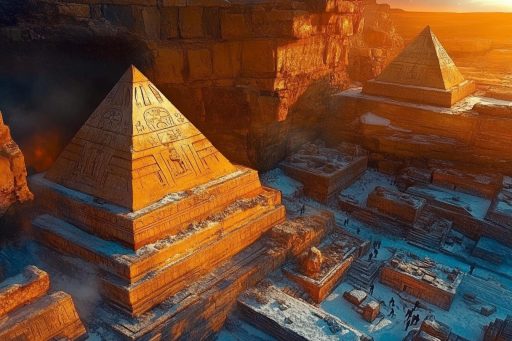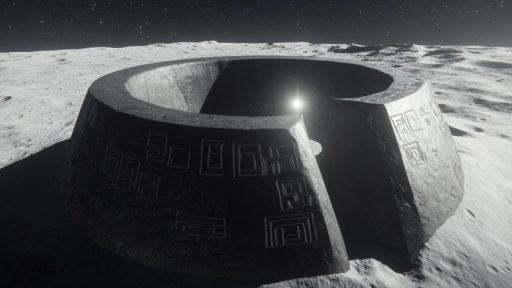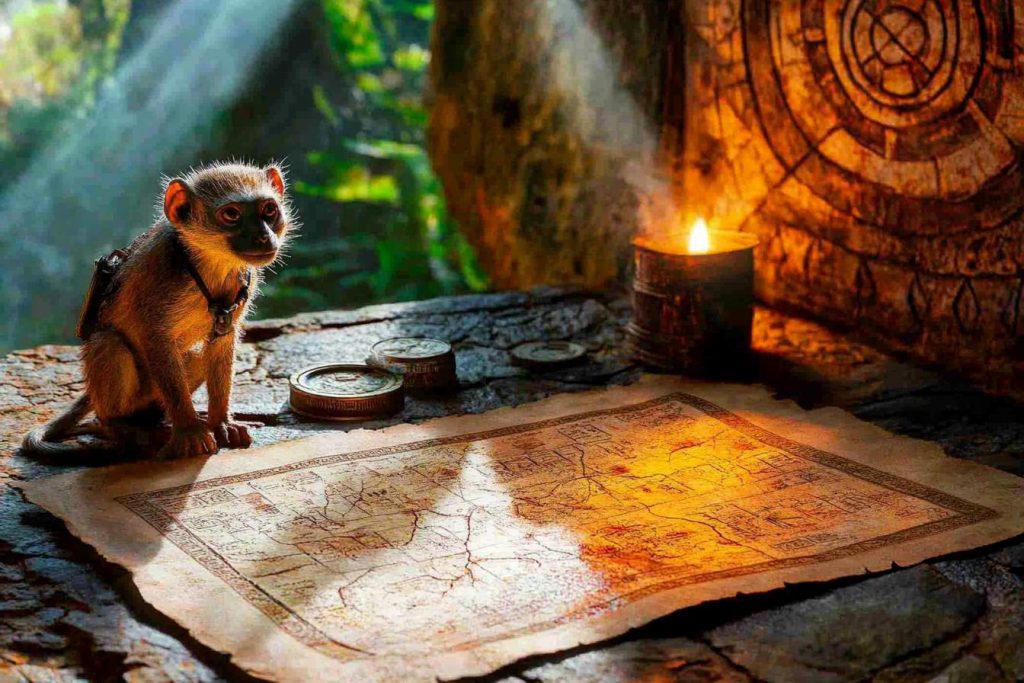
For centuries, the ancient world has guarded its secrets in stone, myth, and forgotten ruins. Now, with cutting-edge tools and relentless curiosity, modern researchers are beginning to unlock the mysteries long thought lost to time. From encrypted symbols and buried technology to stunning revelations about how these civilizations functioned, a clearer picture is finally coming into focus. What we’re learning challenges everything we thought we knew about the ingenuity and complexity of the ancient world.
Göbekli Tepe’s Role in Human Development
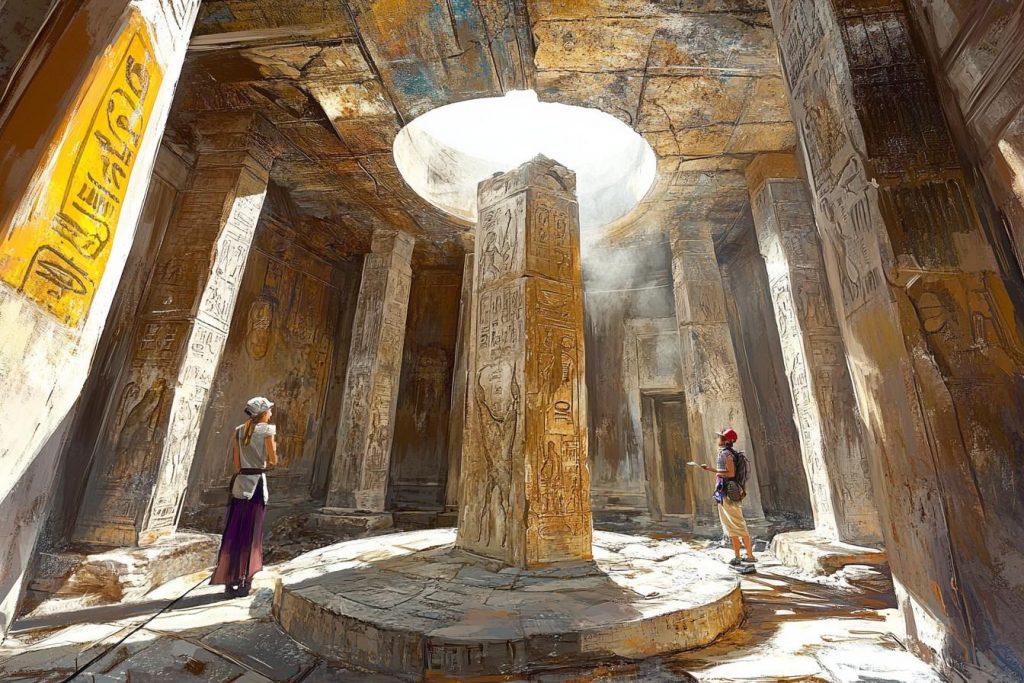
Once believed to be a simple ceremonial site, Göbekli Tepe in Turkey has turned that theory on its head. This intricately carved temple predates agriculture, suggesting that religion and social gatherings may have sparked civilization—not the other way around. With ongoing digs revealing more elaborate structures, it’s clear that this site reshapes the timeline of human advancement. The symbols and construction methods hint at a sophisticated society we never knew existed.
Decoding the Linear B Script
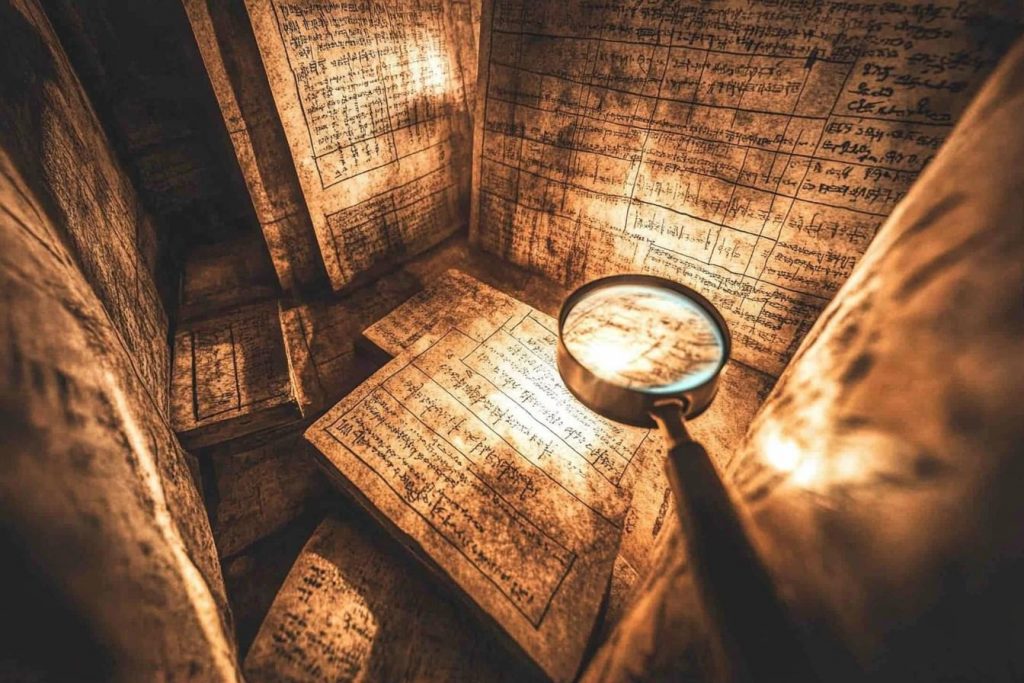
Long undeciphered, the Linear B script of the Mycenaean civilization was once an indecipherable puzzle. Through linguistic breakthroughs and comparisons with early Greek, scholars now understand that it was used for administrative records. This revelation opens a window into the daily life, economy, and structure of one of Europe’s earliest literate cultures. It proves that writing systems evolved in complex and practical ways even in the distant past.
The Secret of Ancient Roman Concrete
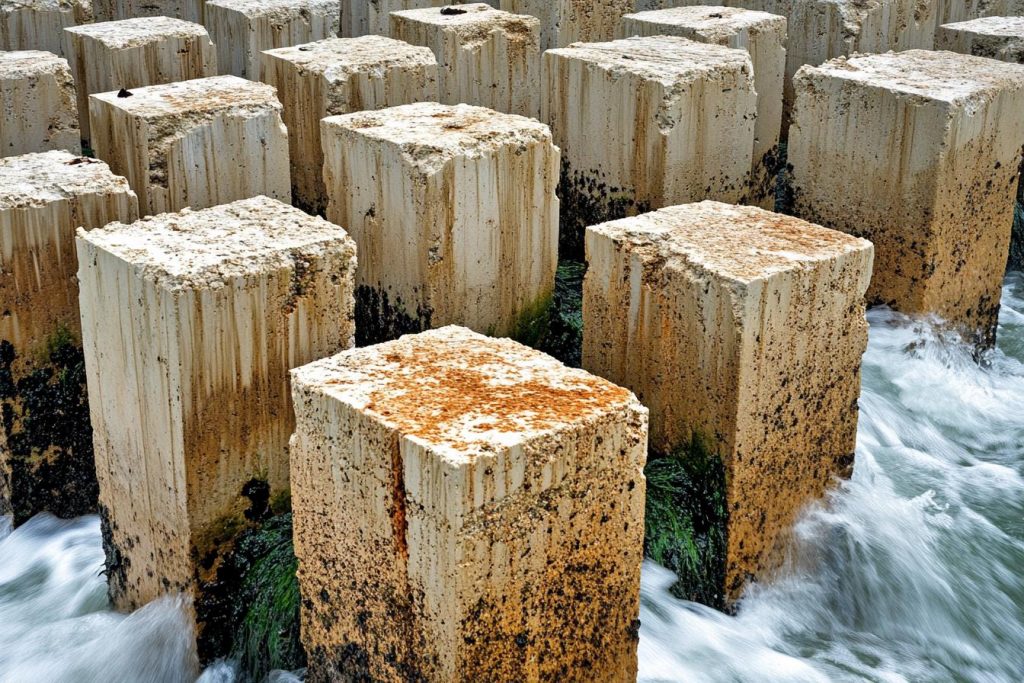
Roman concrete has long outlasted its modern counterpart, baffling engineers for generations. New research shows that the secret lies in a self-healing chemical reaction involving volcanic ash and lime. This mixture allows the material to strengthen when exposed to seawater, explaining why Roman ports still stand. It’s a remarkable example of ancient knowledge outpacing our own in durability.
The Astronomical Precision of the Giza Pyramids
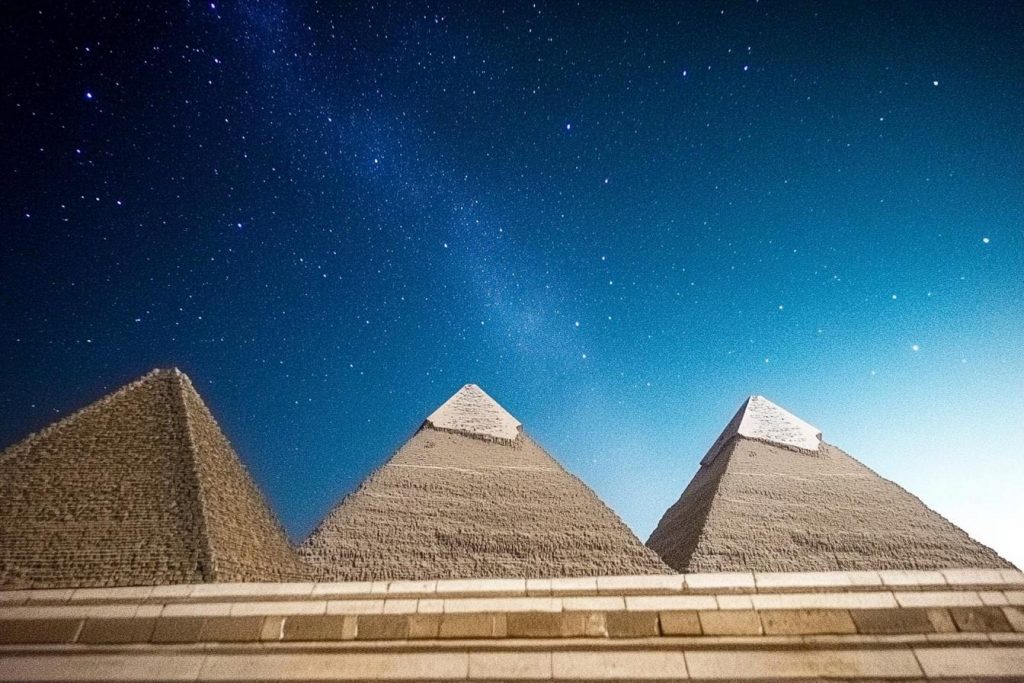
The alignment of the pyramids with celestial bodies is more than coincidence—it’s intentional and incredibly precise. Studies using satellite imaging have revealed that the Great Pyramid’s sides align almost perfectly with the cardinal points. This suggests ancient Egyptians had a deeper understanding of astronomy and engineering than previously thought. The pyramids may have served as more than tombs—they could have been cosmic monuments.
The Real Identity of the Sea Peoples

For centuries, the Sea Peoples were blamed for the collapse of Bronze Age civilizations, yet their origins remained unknown. Recent inscriptions and genetic studies point toward a mix of displaced groups from the Aegean and Anatolia. These were not simple raiders, but possibly refugees fleeing famine or conflict, reshaping the power balance of the ancient world. This shifts the narrative from destruction to migration and adaptation.
Chavín de Huántar’s Acoustic Secrets
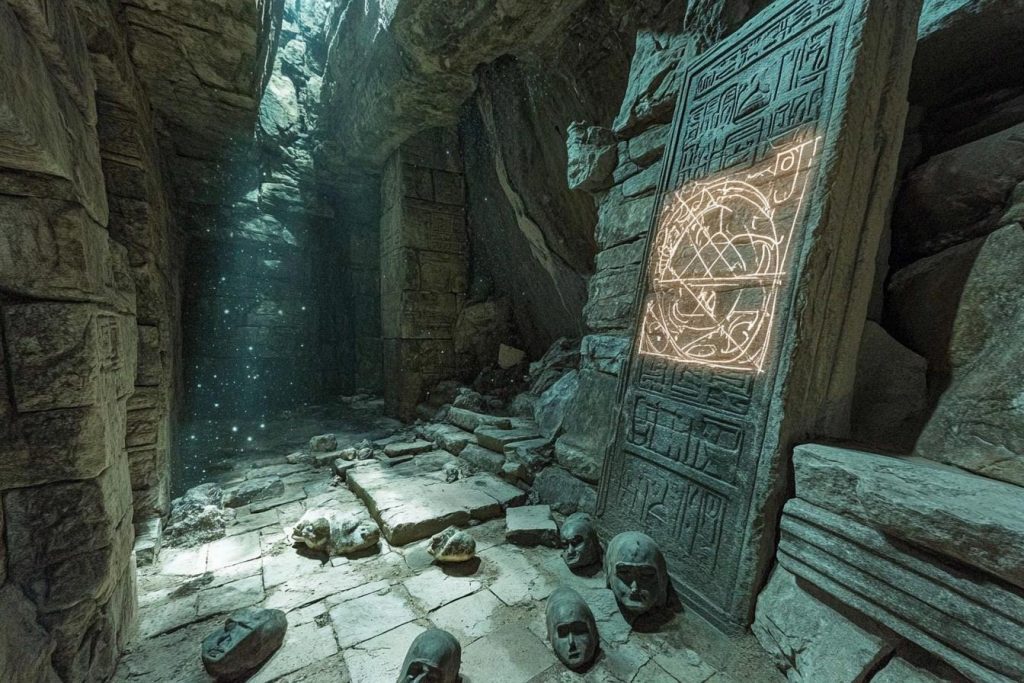
The Chavín temple complex in Peru contains underground corridors designed to manipulate sound. Researchers have discovered that these passages amplify and distort voices and music, likely used for ritualistic or psychological effects. This suggests that ancient priests controlled environments to create spiritual awe and authority. Their use of sensory manipulation shows a sophisticated understanding of human perception.
The True Function of the Antikythera Mechanism
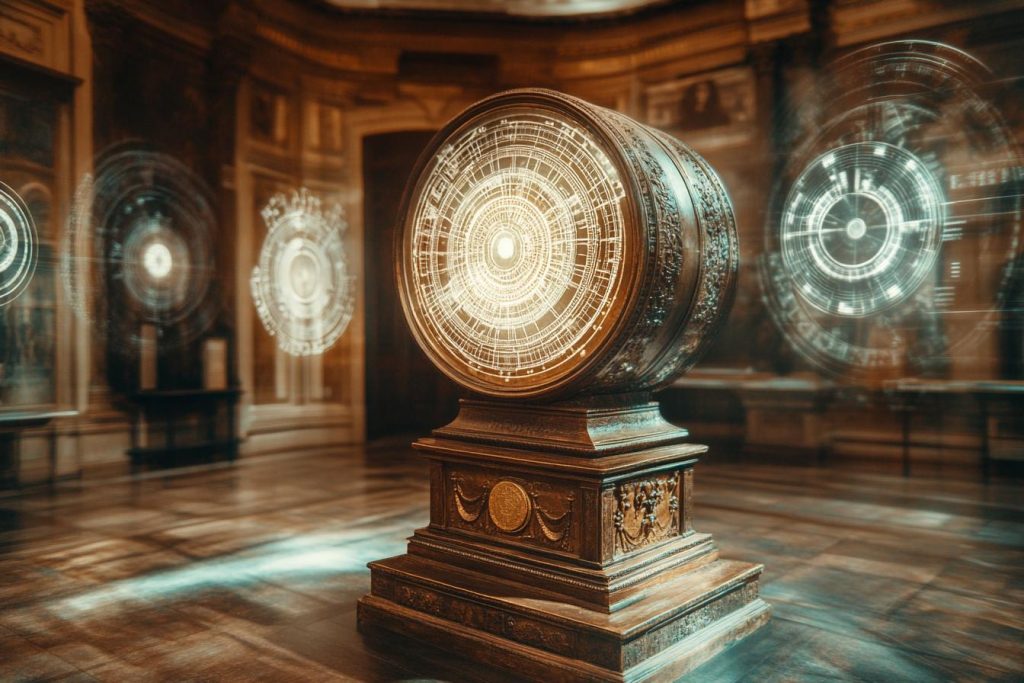
Long dubbed the world’s first computer, the Antikythera Mechanism was pulled from a shipwreck and left scholars stunned. Thanks to X-ray technology, it’s now understood to be an ancient astronomical calculator capable of predicting eclipses and tracking planetary movements. This proves the Greeks possessed mechanical knowledge far beyond what was thought possible for the time. It’s a testament to the lost scientific prowess of antiquity.
Mayan Blue’s Surprising Longevity

The vibrant blue pigment found in Mayan temples and artifacts has puzzled chemists for years due to its unusual longevity. Studies now show that it was created using a rare combination of indigo and palygorskite clay, heated in a complex process. This stable mixture resisted time, humidity, and even chemical degradation. It highlights the Mayans’ mastery of both art and science.
The Mohenjo-Daro Drainage Mystery Solved
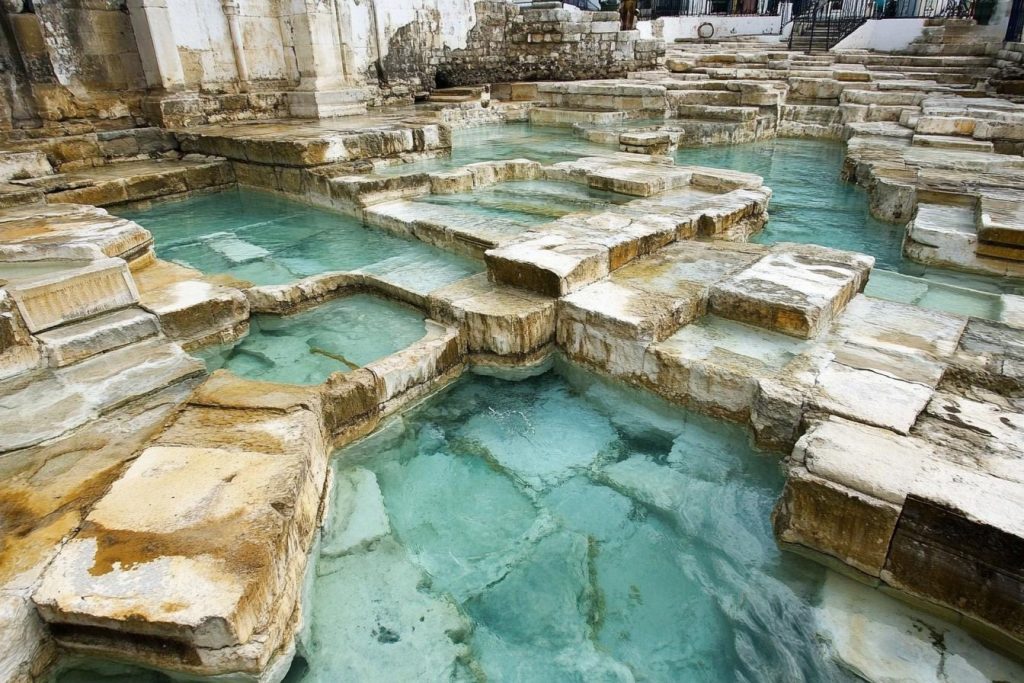
The ancient Indus Valley city of Mohenjo-Daro had one of the most advanced sanitation systems of its time. New archaeological mapping suggests it was not just functional, but planned with civic intent—featuring public baths, drainage, and water management across the city. This contradicts earlier beliefs that such engineering came much later. Mohenjo-Daro reveals a society built with cleanliness, public welfare, and infrastructure in mind.
Easter Island’s Moai Were Meant to Walk
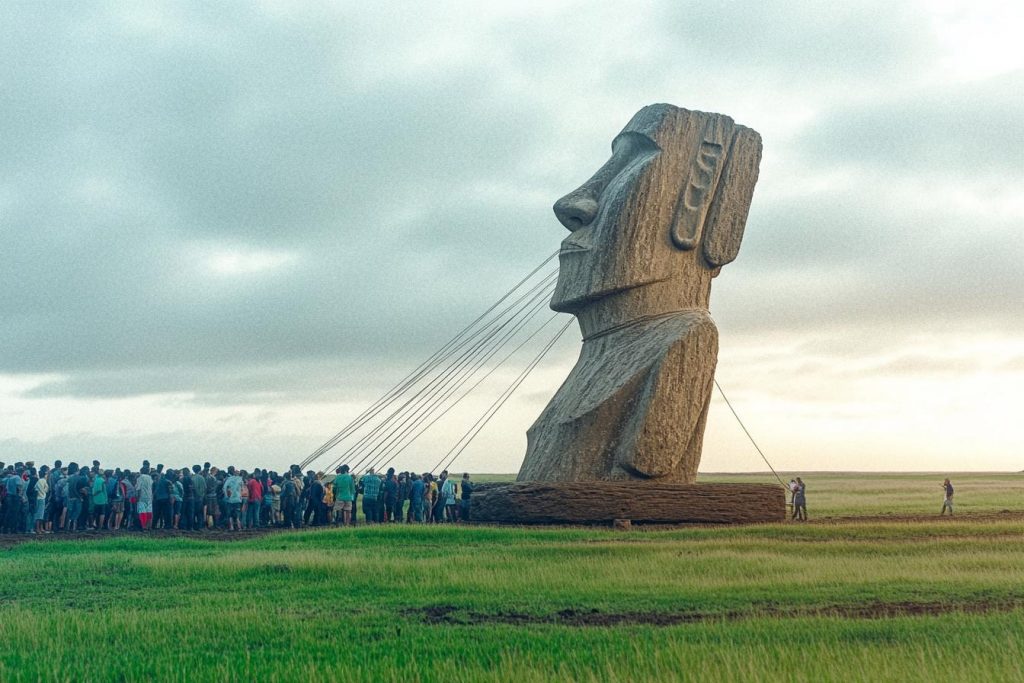
Local oral traditions claimed the massive Moai statues “walked” across the island, long dismissed as myth. But experimental archaeology has proven that these statues could be “walked” upright using ropes and coordinated rocking. This reveals how the Rapa Nui people transported the figures without modern tools or wheels. The truth lies in balance and ingenuity rather than brute force.
The Secret Star Maps of the Aboriginal Australians
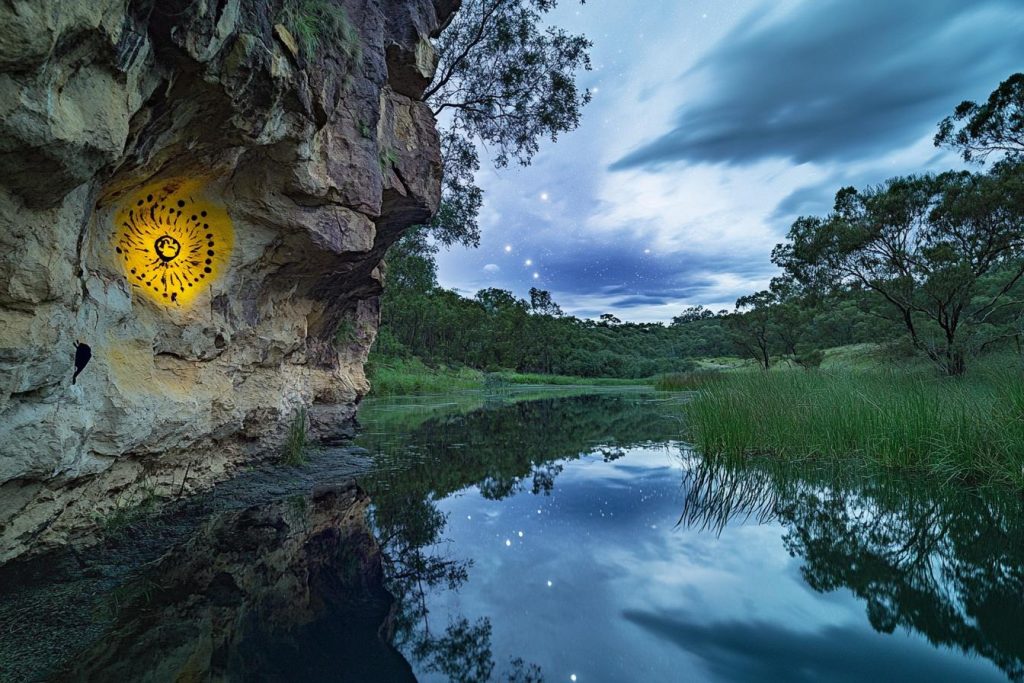
Aboriginal oral traditions passed down for millennia include what researchers now recognize as star maps. These were used not only for navigation but to structure law, ceremony, and social order. Modern astronomy confirms many of these star groupings are accurate to an astonishing degree. It’s a revelation that indigenous knowledge systems encoded cosmic understanding in ways science is only now beginning to appreciate.
The Sky Scripts of the Nazca Shamans
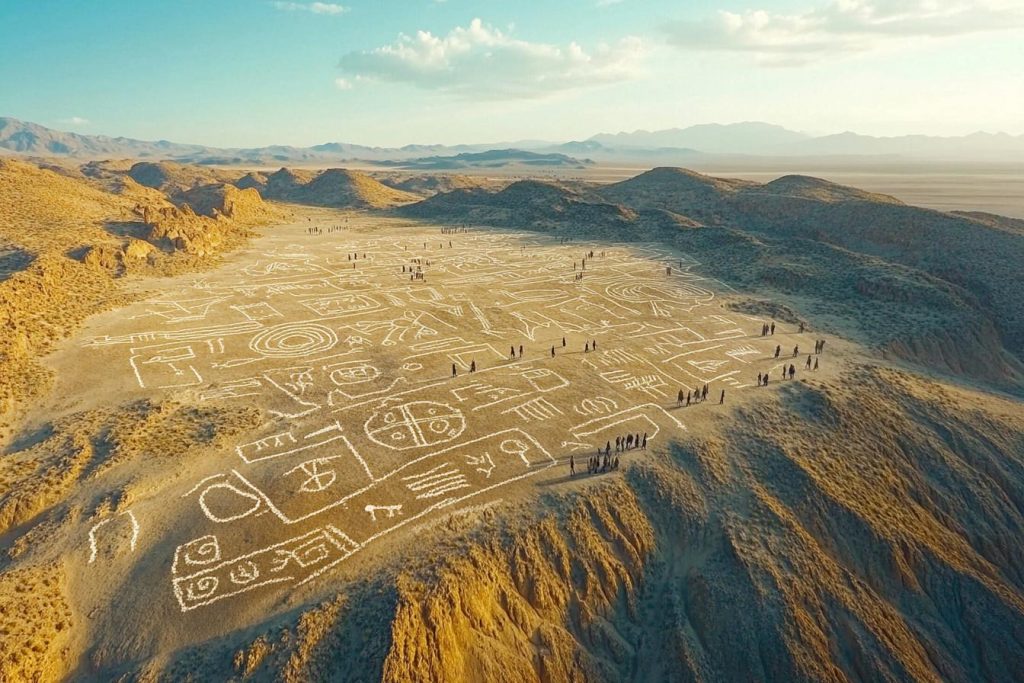
Long before satellites captured their scale, the Nazca Lines of Peru puzzled travelers and scholars alike. Now, new research suggests these massive geoglyphs may have been more than astronomical markers—they could be remnants of an ancient spiritual language used in sky-based rituals. Shamans are believed to have walked the lines in ceremony, “writing” prayers across the desert floor in collaboration with the heavens. If decoded, these sky scripts could reveal a lost cosmology that redefined how ancient people viewed their place in the universe.
What We’re Learning May Just Be the Beginning
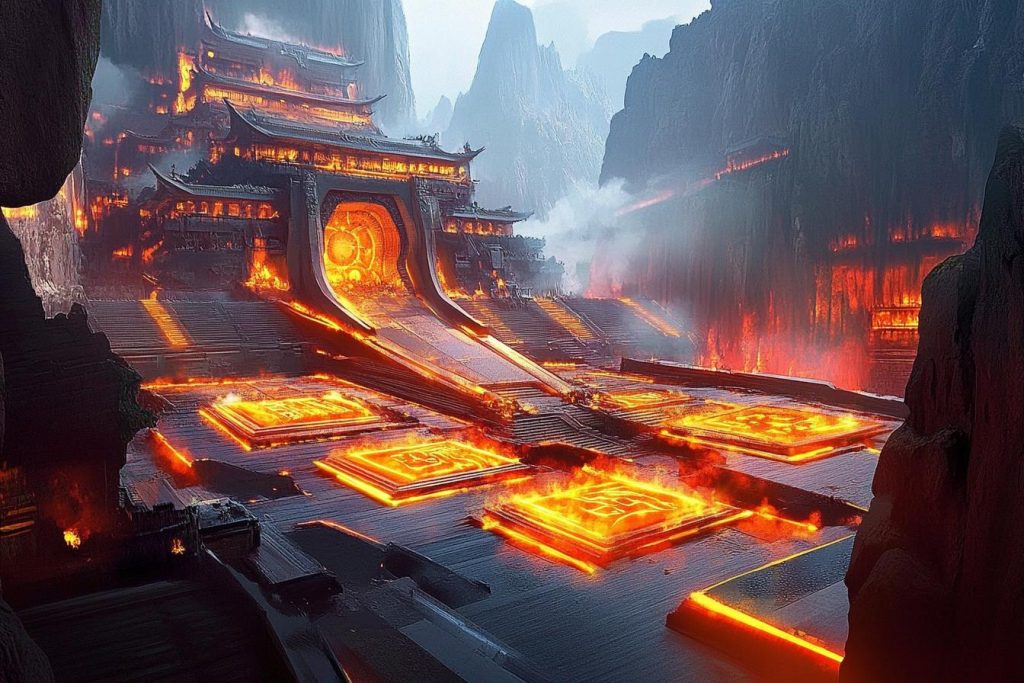
The secrets now emerging from ancient civilizations remind us that we’ve barely scratched the surface of human history. With every discovery, we realize our ancestors were far more advanced, interconnected, and insightful than we gave them credit for. These revelations don’t just change the past—they reshape our sense of the present. The question isn’t what we’ve learned, but what still lies buried, waiting to be understood.

